Blended Learning Models Reduce Class Sizes
eSpark
APRIL 5, 2022
A Digital Promise case study examines the blended learning implementation at Utica Community Schools, a district in the League of Innovative Schools and one of eSpark's first and largest district partnerships. In 2011, Utica Community Schools decided to transform how students learn, starting with their first day of elementary school.

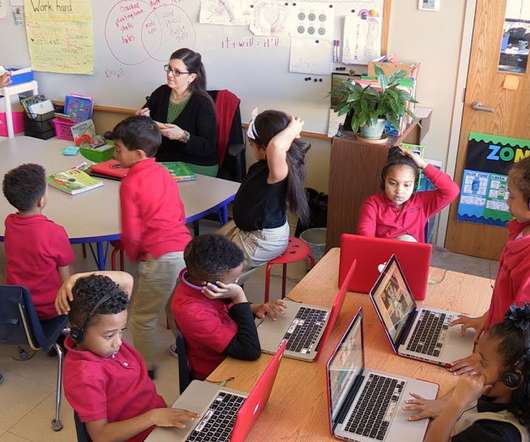
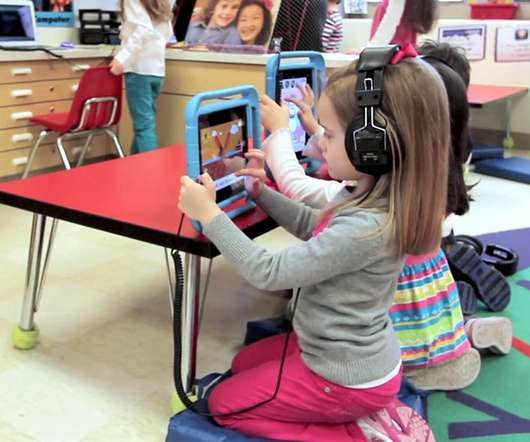







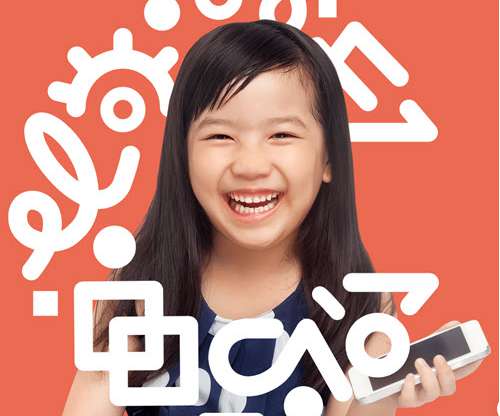



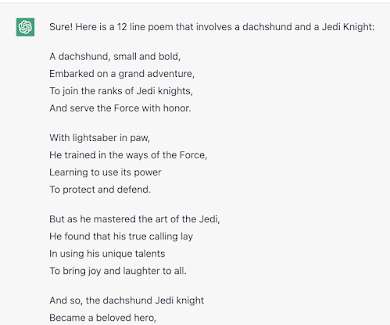


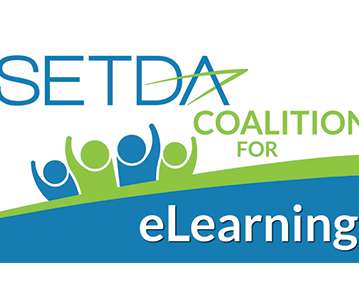









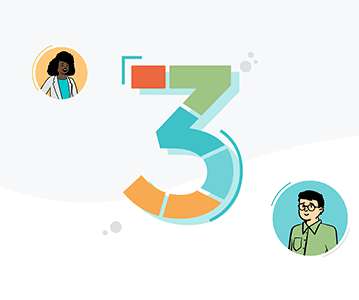
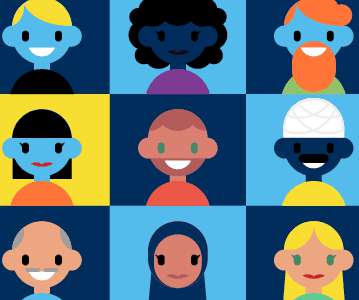

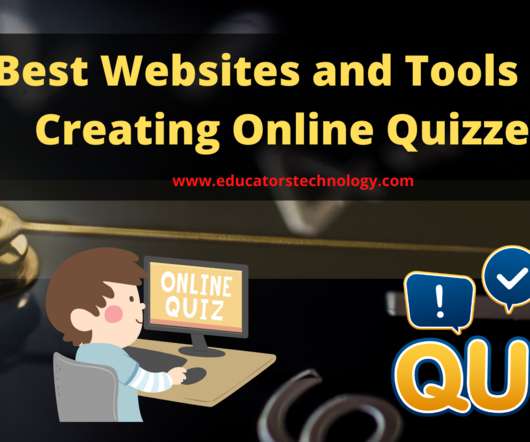










Let's personalize your content